Following The Film Stage’s collective top 50 films of 2022, as part of our year-end coverage, our contributors are sharing their personal top 10 lists.
Tempting though it is to use a year-end roundup as an opportunity to speculate about the future of cinema, the truth is I actually have no idea if it’s in its death throes or not. As with any other year in recent memory, 2022 saw an abundance of both terrific filmmaking and unimaginative slop (with plenty of shades between). I pray that the former ultimately prevails over the latter, especially as said slop becomes even more ubiquitous and less watchable. Until then, I can’t do much besides advocate for what I like.
So here’s what I like. My ten favorite films of 2022, plus five honorable mentions. (I urge you not to take the precise rankings here too seriously; most of these films are very different, and their virtues can’t be quantified.) There are several others I enjoyed that didn’t quite make the cut (I’d list them, but that would feel like cheating) and others still that I omitted due to ineligibility.
If I may be briefly sentimental: 2022 was also the year I began writing for The Film Stage, and the opportunity to do so does not go unappreciated. This site has played a pivotal role in my cinephilia ever since I first started reading it as a layabout teen, and I’m thrilled to be featured alongside the rest of its talented contributors.
OK. Let’s get into it:
Honorable Mentions: Aftersun (Charlotte Wells), TÁR (Todd Field), Decision to Leave (Park Chan-wook), Funny Pages (Owen Kline), and Nope (Jordan Peele)
10. Jackass Forever (Jeff Tremaine)

Critically assessing the Jackass project is a delicate high-wire act. On one hand, it was (and is) a significant cultural flashpoint, an unrestrained expression of early-aughts suburban ennui that captured the joy and frustration of male friendships as successfully as any piece of contemporary cinematic art. On the other hand, who cares, check out how hard that guy just got punched in the nuts. Jackass Forever, which reunites (most of) the old crew, wrings even more poignancy from its stunts and gags than its predecessors: the now middle-aged Johnny Knoxville et al. tackle their stomach-churning assignments with no less enthusiasm, building even further upon a foundation of trust and camaraderie over two decades in the making. Also, check out how hard that guy just got punched in the nuts.
9. EO (Jerzy Skolimowski)
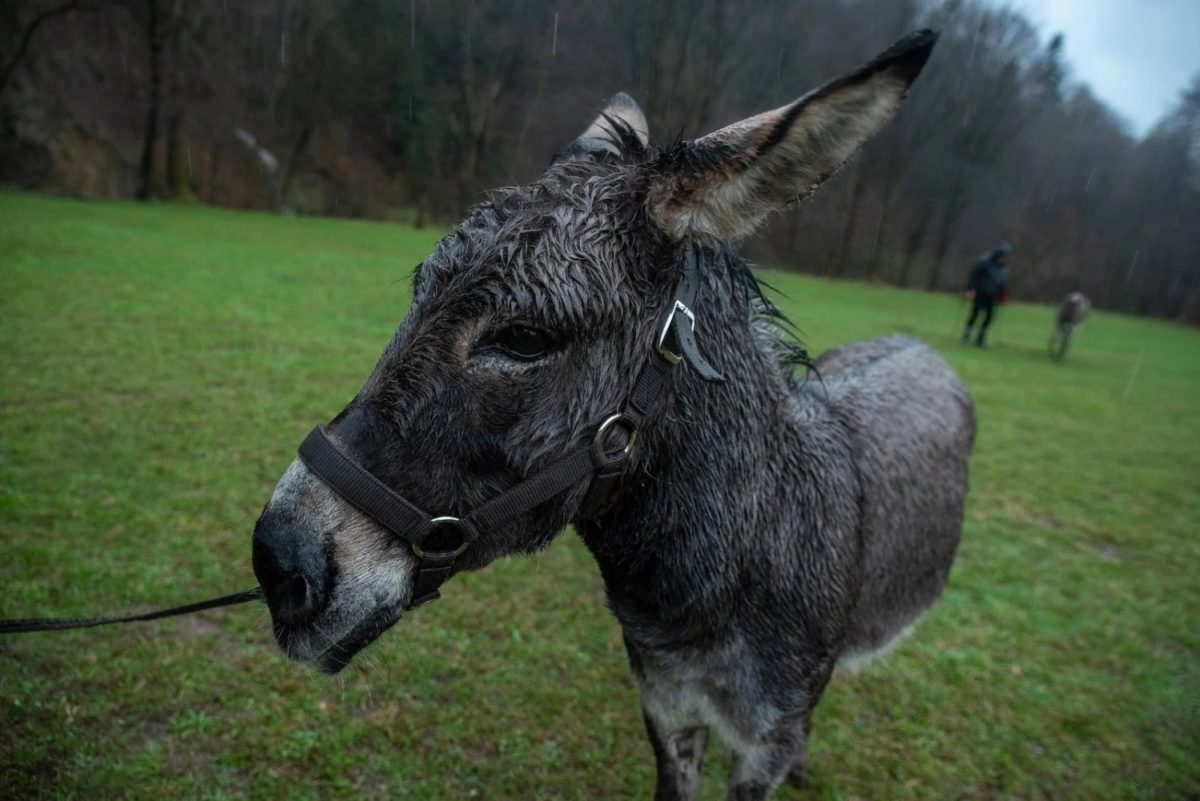
It is tempting, and perhaps even necessary, to read EO as an extended riff on Robert Bresson’s masterwork Au Hasard Balthazar, but for as much as the two overlap, the striking visual inventiveness on display here is Jerzy Skolimowski’s own. The film oscillates wildly between the mundane and the surreal, intercutting images of pastoral splendor and domestic routine with blood-red treelines and skittering robotic quadrupeds; occasional dips into mawkish anthropomorphism are complicated by subsequent suggestions of the titular donkey’s apathy, or at the very least, his inability to distinguish beauty from cruelty. Skolimowski presents us with a beguiling grab-bag of ideas, precisely imagined but only vaguely defined, and we, as with EO, are invited to draw our own conclusions.
8. Benediction (Terence Davies)
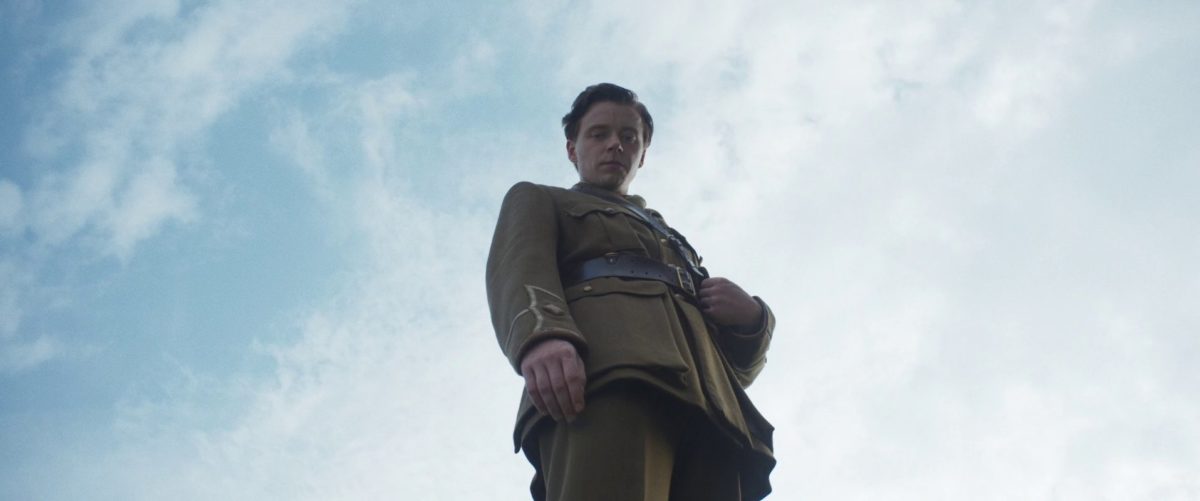
Terence Davies’ portrait of late British war poet Siegfried Sassoon sets out to achieve much the same goal as its subject: a verbalization (and in this case, visualization) of the horrors wrought by violence and repression. Benediction is conveyed on an intimate scale, etching Sassoon’s struggles as an artist and veteran chiefly via his fraught relationships with men, intentionally muddying its own chronology as it slips further into the workings of memory. There is a profound pessimism here, though no part of it feels unearned. Davies’ disciplined, elliptical filmmaking elegantly impresses the tragedy of a life upended before it could properly begin.
7. No Bears (Jafar Panahi)
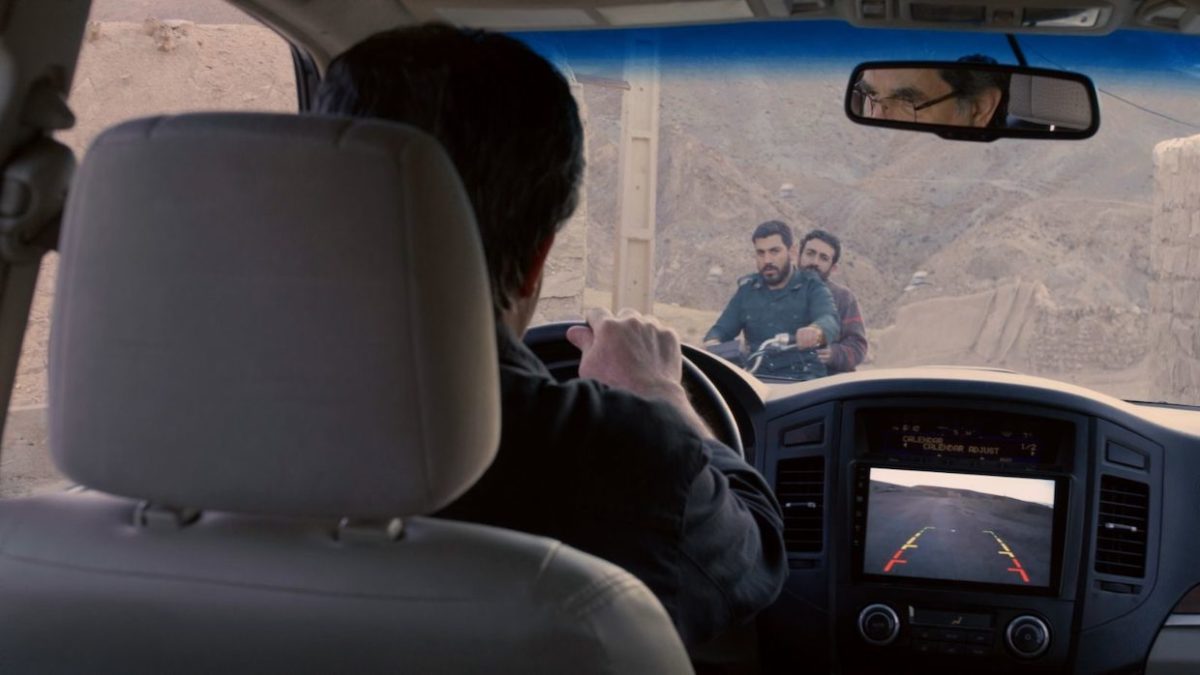
It begins twice, all in the same shot. A couple wandering the streets of Turkey learns that only one of them can safely emigrate to Europe; meanwhile, Jafar Panahi directs them remotely from across the (physical and digital) border, working surreptitiously in a small Iranian village to avoid government interference. He’s acting too––reprising his role as himself––yet the danger is real, just as it has been for every project Panahi has undertaken since his state-mandated ban from filmmaking in 2010. The circumstances of No Bears’ production render it a compelling political object, though it is equally compelling as a film. Its pervasive sense of unease, already present at the outset, only mounts as the villagers gradually turn against Panahi, their actions replicating state oppression in miniature. Even thornier, though, is the film-within-a-film, which forces its participants to confront head-on the dangers of protest art and the ethical snags of docufiction. Few directors are so qualified to reckon with their own work, and it’s heartening that said work is as vital and searing as ever.
6. The Novelist’s Film (Hong Sangsoo)

It’s always a joy to be reminded, sometimes multiple times per year, that Hong Sangsoo is a peerless talent. His latest (going by American theatrical release) is a characteristically low-key drama, so measured in execution that the weight of its ideas and complexity of its characters seem almost effortless. In true Hong fashion, people sit down, take walks, drink soju, and talk, wondering aloud how they might rediscover and reinvent themselves through art. Stark black-and-white cinematography evokes fresh ink splashed across a blank page, a momentary burst of color quietly implies nigh-cosmic personal discovery, filmmaking opens conduits to an honesty all its own. Hard to ask for more.
5. Mad God (Phil Tippett)
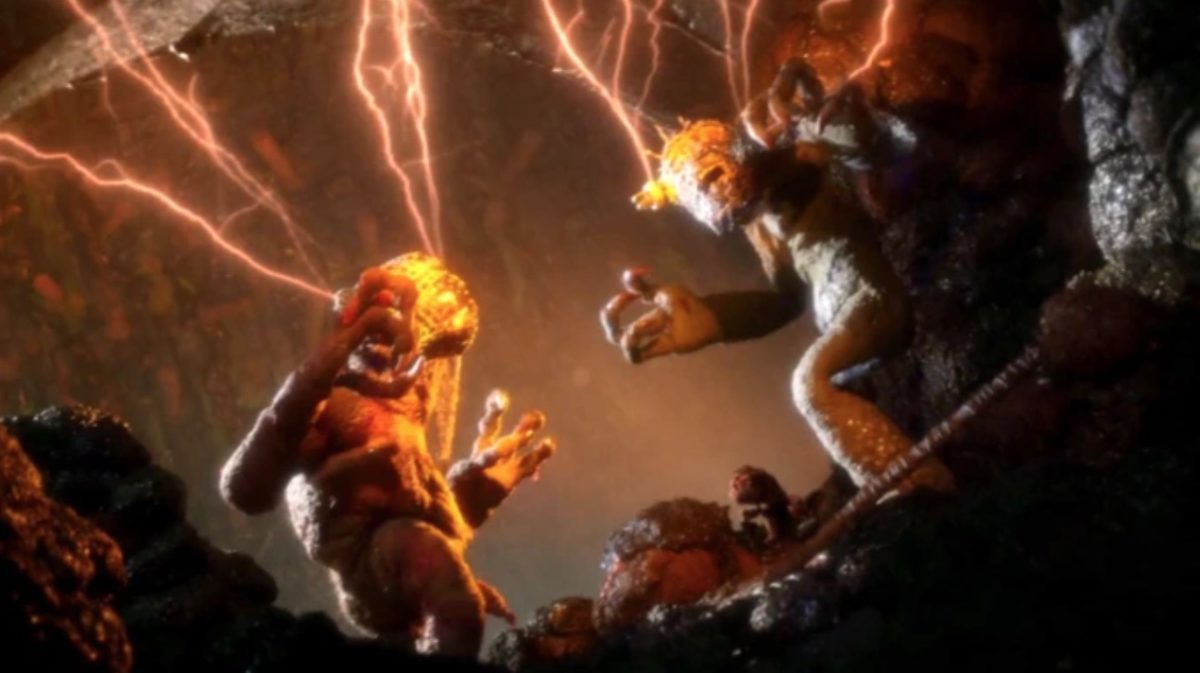
Mad God, in which an explorer’s search for something truthful leads him through the deepest strata of Hell, can be taken largely as an allegory for itself. VFX maestro Phil Tippett’s stop-motion phantasmagoria has been gestating for about thirty years (at one point, the intensity of its production even sent Tippett to the psych ward), and his unchecked passion brands every iota of every frame. At the risk of embellishment, this is one of the most dazzling animated features ever made: its sets are meticulously sculpted and grotesquely textured, each of its wildly varied characters moves with its own distinct gait, weight, and personality, every Boschian nightmare landscape is more warped and imaginative than the last. The effects are the point; the art is worth the journey.
4. The Fabelmans (Steven Spielberg)
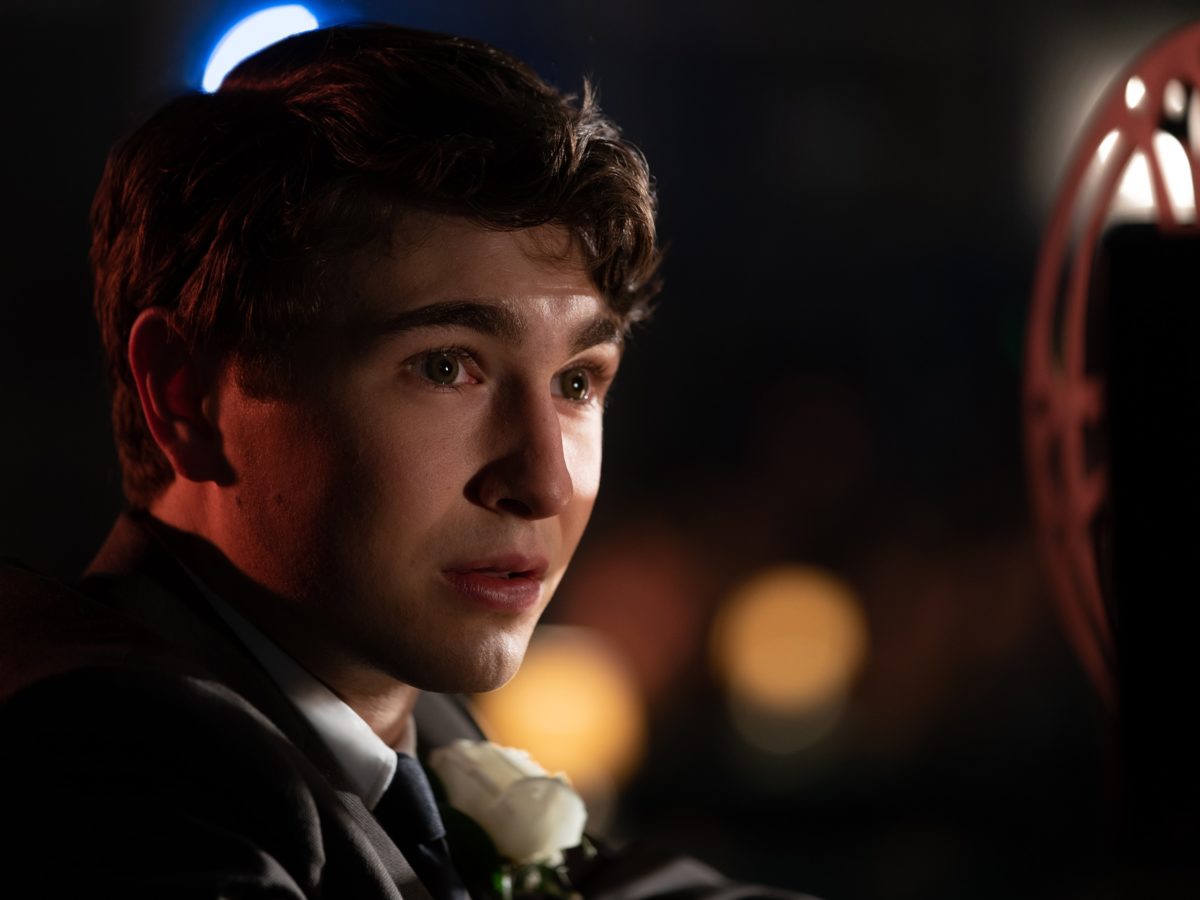
He nearly got me. I really thought, for its first thirty-odd minutes, that this was Steven Spielberg’s “love letter to cinema.” In hindsight, the complexities were there from the jump—little Sammy Fabelman’s first home movie, in which he intentionally crashes a model train set, derives its beauty directly from destruction—but once they bubble to the surface, The Fabelmans reveals itself as a knotty and cerebral piece of autofiction, packed with enough psychological revelations to make any analyst’s head spin. Tony Kushner’s screenplay openly establishes a dialectic between “art” and “science” (fitting for Spielberg, a technical and emotional master in equal measure), though perhaps even more central is the dialectic between art and family. The film does not and cannot arrive at any clean solutions, its final shot an assertion that one of our greatest living filmmakers still has more to learn.
3. RRR (S.S. Rajamouli)
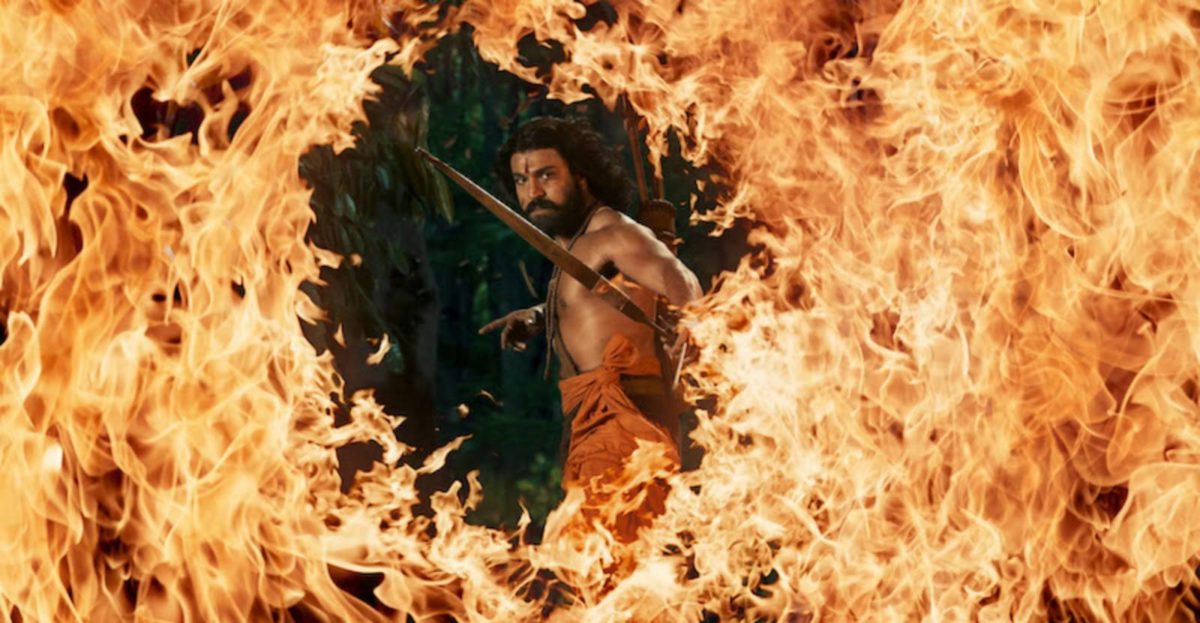
The motorcycle. The dance-off. The tiger. (No, not that one; the other one.) S.S. Rajamouli’s maximalist epic is a three-hour string of adrenaline shots: if you think for even a moment that its well of brio has run dry, it immediately swerves back twice as loud and thrice as imaginative. But for all the ink that has been spilled over this film’s action, it’s the two leads––Ram Charan and N. T. Rama Rao Jr., playing fictionalized versions of real-life revolutionaries Alluri Sitarama Raju and Komaram Bheem, respectively––who give it weight. With their mutual affection and boundless charisma reverberating through RRR‘s every beat, spectacle, and sentiment quickly become one, a white-hot bullet rocketing the film toward its explosive climax. Load, aim, shoot.
2. We’re All Going to the World’s Fair (Jane Schoenbrun)
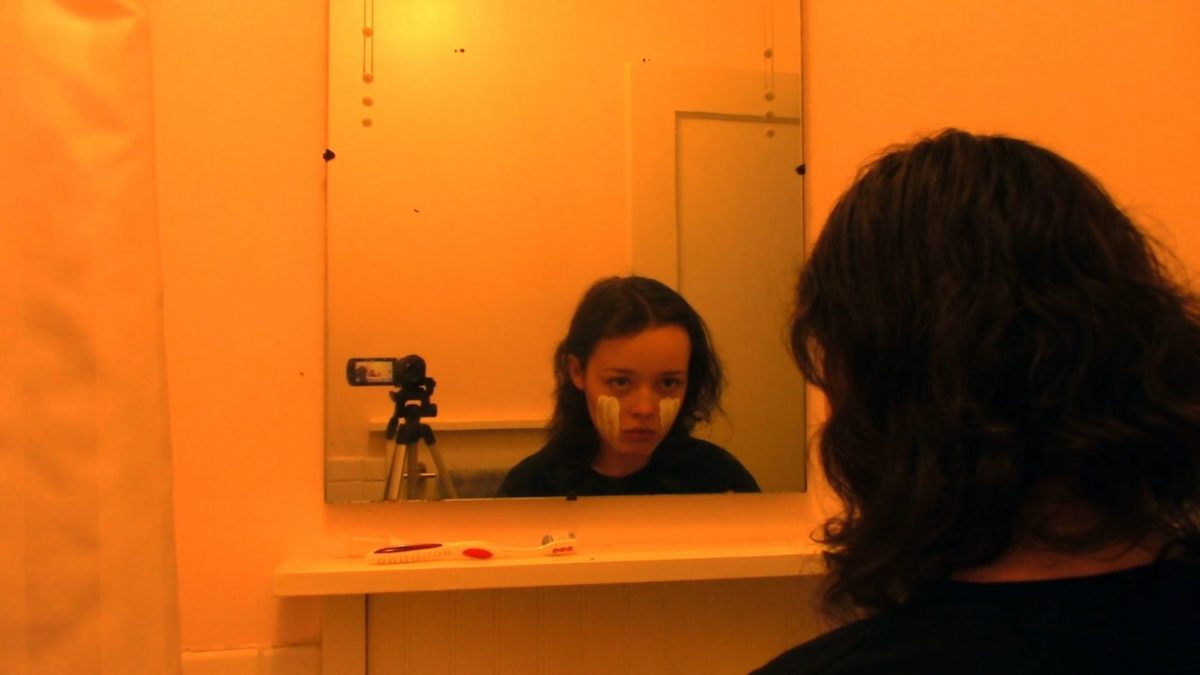
Jane Schoenbrun did in their debut feature what some filmmakers are unable to achieve over the course of an entire career: establish a new cinematic language. We’re All Going to the World’s Fair synthesizes an eclectic medley of 2010s internet ephemera––vlogs, creepypastas, Skype calls, alternate reality games––into an intimate treatise on gender dysphoria, charting a disturbed teenager’s struggles to excavate her own identity from a sea of digital noise. Part lo-fi horror, part expressionistic character study, World’s Fair accessed parts of my brain I didn’t know movies could.
1. Crimes of the Future (David Cronenberg)
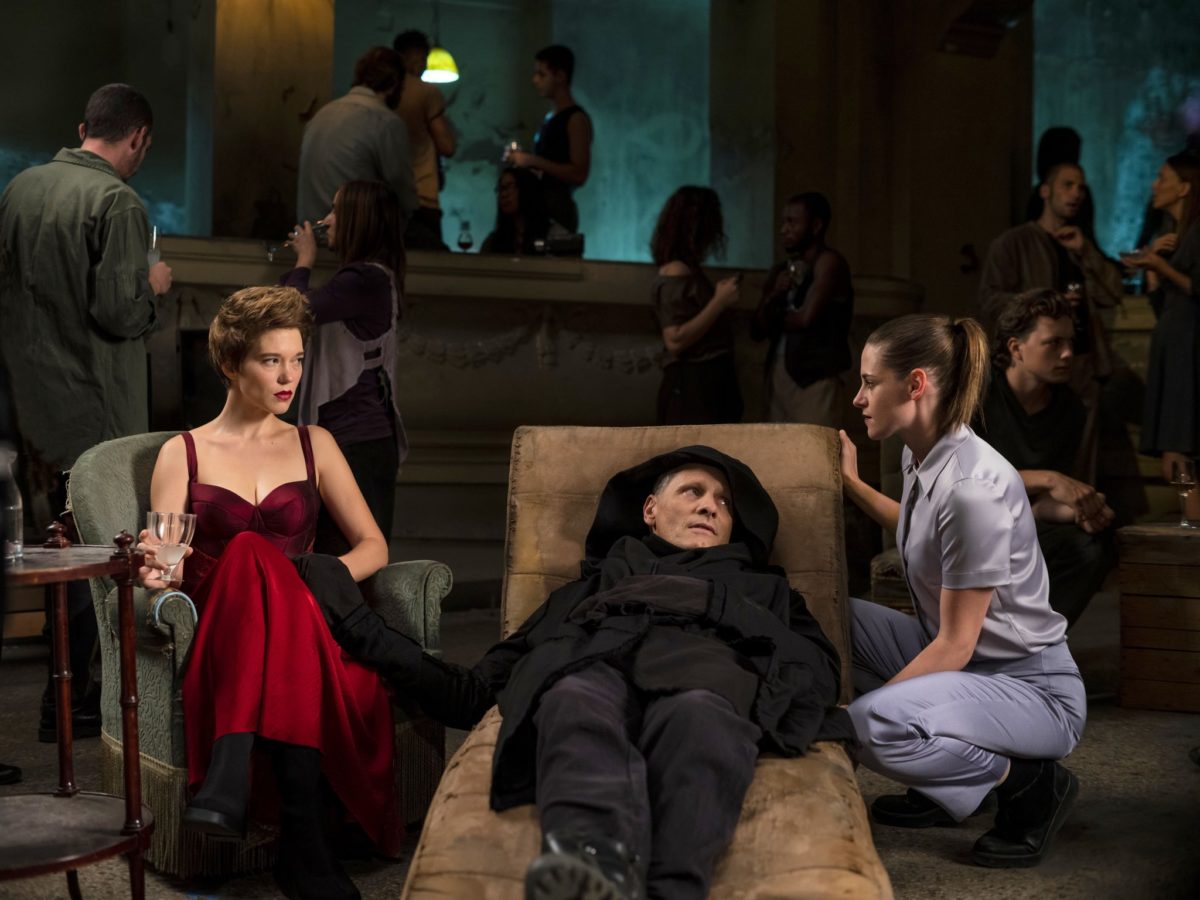
How to reckon with creating art in a dying world? Do we fear it, deny it, resist it—or do we stand up to it, in all its unknowability, and try making something new? For David Cronenberg, human flesh is both canvas and catalyst. “Body is reality.” The characters of Crimes of the Future evolve in tandem with its global decay, generating new bodily organs and then removing them in acts of extreme performance art; they look initially not for a way forward, but for a way out. Cronenberg’s trademark psychosexual intensity and biting humor are present here, but there’s something else, too, a strain of tenderness that cuts through even the film’s most shocking grotesqueries. Though its coda may not suggest a traditional victory, it is a moment of sublime acceptance: whatever is coming, we’ll be ready for it, because we need to be. This is a major work by a major artist, self-referential and self-critical, politically urgent yet deeply personal. Out with the old (flesh), in with the new (sex).
